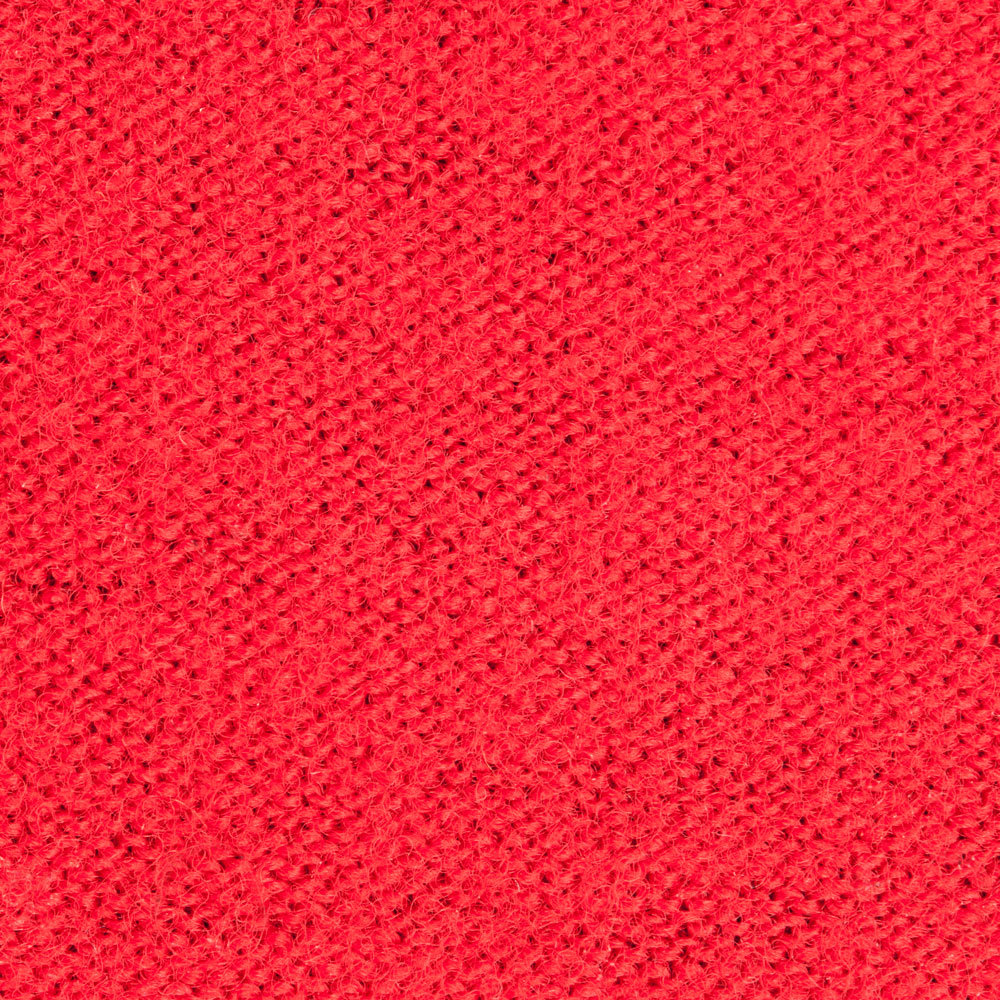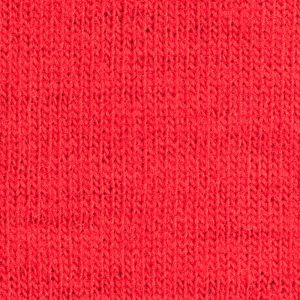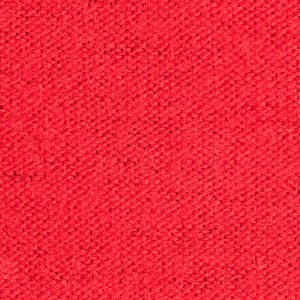Jersey (also called single knit) is the simplest plain knit fabric, with two distinct sides. The face has vertical ribs while the reverse has horizontal rows. Sometimes the fabric is used with the technical back on the outside.
Jersey can be light to heavy and made of any natural or manufactured fiber, although originally wool. It gets its name from its history of being made on the island of Jersey, in the Channel Islands off the English coast, and traditionally used for fishermen’s garb.
Uses: Wide range from socks, underwear and sleepwear, to day wear and sportswear, to evening gowns
See also:
Lisle



